‘Ambitious yet achievable’: Centerra leads the way on implementing the RGMPs
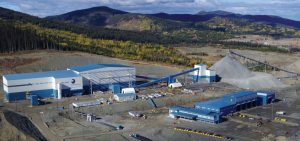
Centerra Gold’s Mount Milligan Credit: Centerra Gold
In 2017, Centerra Gold joined the World Gold Council’s (WGC) Environmental, Social and Governance (ESG) Taskforce. The taskforce was created to develop a single, overarching ESG framework specifically for the gold mining industry that addressed issues like community relations, environmental impact, tailings management, Indigenous relations, local suppliers and diversity and inclusion.
While many credible standards and approaches had already been adopted by individual companies, it was commonly recognized by sustainability and ESG practitioners that the gold mining industry could be better served by one unified framework that reflected all these existing best practices.
A comprehensive framework would help alleviate the challenges companies faced in aligning, assuring and reporting against numerous standards, norms and approaches.
As a greater number of investors considered ESG in their due diligence process, they were requesting to have a better understanding around the gold production process in order to have confidence that their gold was responsibly mined and sourced.
Further, a unified framework for mining companies was needed to complement the responsible sourcing standards being developed at the refinery level, including the London Bullion Market Association’s Responsible Gold Guidance, to ensure that the miner-refiner relationship could continue to function effectively.
From principle development to road test
After more than a year of collaboration with its peers, in April 2019, Centerra Gold “road tested” the draft Responsible Gold Mining Principles (RGMP), consisting of 10 umbrella principles and 51 criteria, at its Kumtor gold mine in the Kyrgyz Republic. The Kumtor mine is one of the largest gold mines operated in Central Asia by a Western-based company, having produced more than 12.7 million oz. of gold between 1997 and the end of 2019.
In preparation for the soft assurance, Kumtor formed a CAP (change acceleration process) team comprised of representatives from each mine site function, creating site-wide accountability early on. The CAP team was tasked with assembling relevant documents and evidence (including site-level policies, procedures, strategies, and plans) that demonstrated conformance with the 10 principles and 51 criteria, as well as identify areas for improvement.
During the road test, the assurance providers spent five days in the Kyrgyz Republic interviewing key personnel and walking through the company’s documented processes at site to ensure its policies aligned with practices on the ground.
For Kumtor, external assurance wasn’t a new experience. The mine site had previously received project financing by the European Bank for Reconstruction and Development (EBRD) and until recently had annual audits confirming compliance to the EBRD’s Performance Standards. This helped prepare Kumtor for the soft assurance as the CAP team was well experienced in maintaining comprehensive documentation and having to explain the mechanisms and controls in place to ensure alignment against good industry practices.
Tone from the top
This past September, following the release of the final principles by the WGC, Centerra Gold publicly committed to company-wide conformance. For Centerra, a company whose core values are rooted in being a responsible miner, the RGMPs are an opportunity to demonstrate our company’s ongoing alignment to good international industry practices (GIIP).
Like with any new initiative though, tone from the top was the first and most critical step. This was important as the goal was to garner genuine ownership for the implementation of the RGMPs at the corporate and site level.
The tone from the top came directly from Centerra Gold’s president and chief executive officer Scott Perry, who serves as the executive sponsor for the initiative. To demonstrate that the RGMPs were a top priority for the company, the senior leadership team have tied their annual variable compensation to successful implementation of Centerra’s RGMP implementation roadmap.
With the senior leadership team firmly committed to RGMP conformance, it was important to get the general managers of each site on board with the vision of the principles. It was key for the RGMPs not to feel like just another corporate imposed initiative. To counteract this, we started with the “why” and focused on explaining why the RGMPs were important and how they’ll strengthen operations by further emphasizing our risk-based approach to our ESG strategy.
To build on this communication, a champion at each site was appointed. While the natural inclination was to appoint a member of either the environment or sustainability (E&S) team to serve as RGMP site champion, there was consideration for whether this would inadvertently position the principles as the responsibility of only the E&S teams, which was frankly not the case. At Centerra Gold, accountability sits with many teams, including legal, human resources, supply chain, operations, and security. In order to demonstrate full-site accountability, the champion was selected based on their understanding of the entirety of the site’s activities, credibility and reputation within the site, and ability to influence and lead teams through change management periods.
The path towards company-wide conformance
Over the next few quarters, each of Centerra Gold’s sites will complete an initial self-assessment to identify conformance and areas for improvement. Depending on the site’s readiness, teams will develop an internal action plan and work towards remediation or preparation for formal external assurance.
Like Kumtor, Centerra’s Oksut gold mine in Turkey, is well positioned for RGMP conformance. Current project financing by both EBRD and UniCredit require the site to be compliant with the EBRD’s E&S Performance Requirements and the International Finance Corporation Performance Standards (through compliance with the Equator Principles), with regular audits being conducted throughout construction to ensure compliance.
Despite this, we recognize that the RGMPs is a continuous improvement process. Annual self-assessments will allow us to ensure that even in years where formal assurance at a specific site is not scheduled, teams work to ensure that processes, practices, strategies, and mechanisms are kept up to date with industry and peer best practices.
In our conversations internally, we continue to stress that RGMP conformance is not a check box exercise. The RGMPs are a way for us to identify where our key risks lie and for an external assurance provider to validate our assessments. Further, we recognize that third-party assurance is important for us to maintain market credibility and allows us to address our stakeholders’ increasing demands for transparency.
We are cognizant though that audit fatigue is a reality and as a mid-tier producer, we need to be mindful of our team’s resources. The RGMPs were designed to address this concern. The RGMPs are not intended to duplicate existing assurance. Rather, they are intended to reinforce existing codes and norms that much of the industry has already adopted. In these circumstances, the assurance provider may be able to accept existing assurance activity if they are satisfied with the scope and quality of the previous audit.
For example, the Kumtor mine is certified by the International Cyanide Management Code (ICMC) for Transport and is aligned with the Voluntary Principles of Security and Human Rights (VPSHR). When possible, the assurance provider will be able to leverage any previous certifications and inspections in order to determine conformance with the specific principles.
Ambitious yet achievable
The RGMPs are an ambitious set of principles. While ambitious, they are achievable and reflect the general transition in the gold mining industry toward greater transparency, risk-based analysis and enhanced disclosure.
We believe this momentum will only continue to grow and that the RGMPs are well-positioned to help gold mining companies like Centerra Gold continue to demonstrate their commitment to being a responsible global miner.
Responsible Gold Mining Principles
Governance
1. Ethical conduct: we will conduct our business with integrity including absolute opposition to corruption.
2. Understanding our impacts: we will engage with our stakeholders and implement management systems so as to ensure that we understand and manage our impacts, realise opportunities and provide redress where needed.
3. Supply chain: we will require that our suppliers conduct their businesses ethically and responsibly as a condition of doing business with us.
Social
4. Safety and health: we will protect and promote the safety and occupational health of our workforce above all other priorities, and will empower them to speak up if they encounter unsafe working conditions.
5. Human rights and conflict: we will respect the human rights of our workforce, affected communities and all those people with whom we interact.
6. Labour rights: we will ensure that our operations are places where employees and contractors are treated with respect and are free from discrimination or abusive labour practices.
7. Working with communities: we aim to contribute to the socio-economic advancement of communities associated with our operations and to treat them with dignity and respect.
Environment
8. Environmental stewardship: we will ensure that environmental responsibility is at the core of how we work.
9. Biodiversity, land use and mine closure: we will work to ensure that fragile ecosystems, critical habitats and endangered species are protected from damage and we will plan for responsible mine closure.
10. Water, energy and climate change: we will improve the efficiency of our use of water and energy, recognizing that the impacts of climate change and water constraints may increasingly become a threat to the locations where we work and a risk to our licence to operate.
Marina Proskurovsky is an advisor, sustainability and environment, with Centerra Gold.
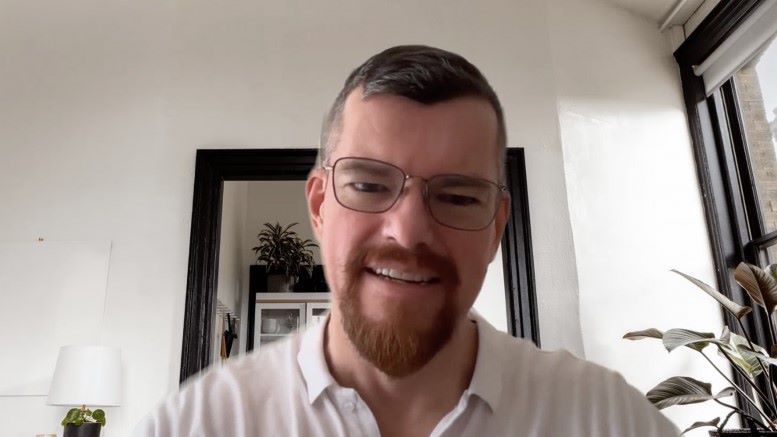
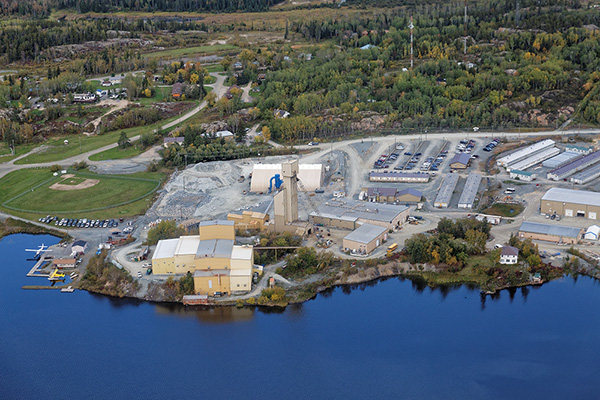
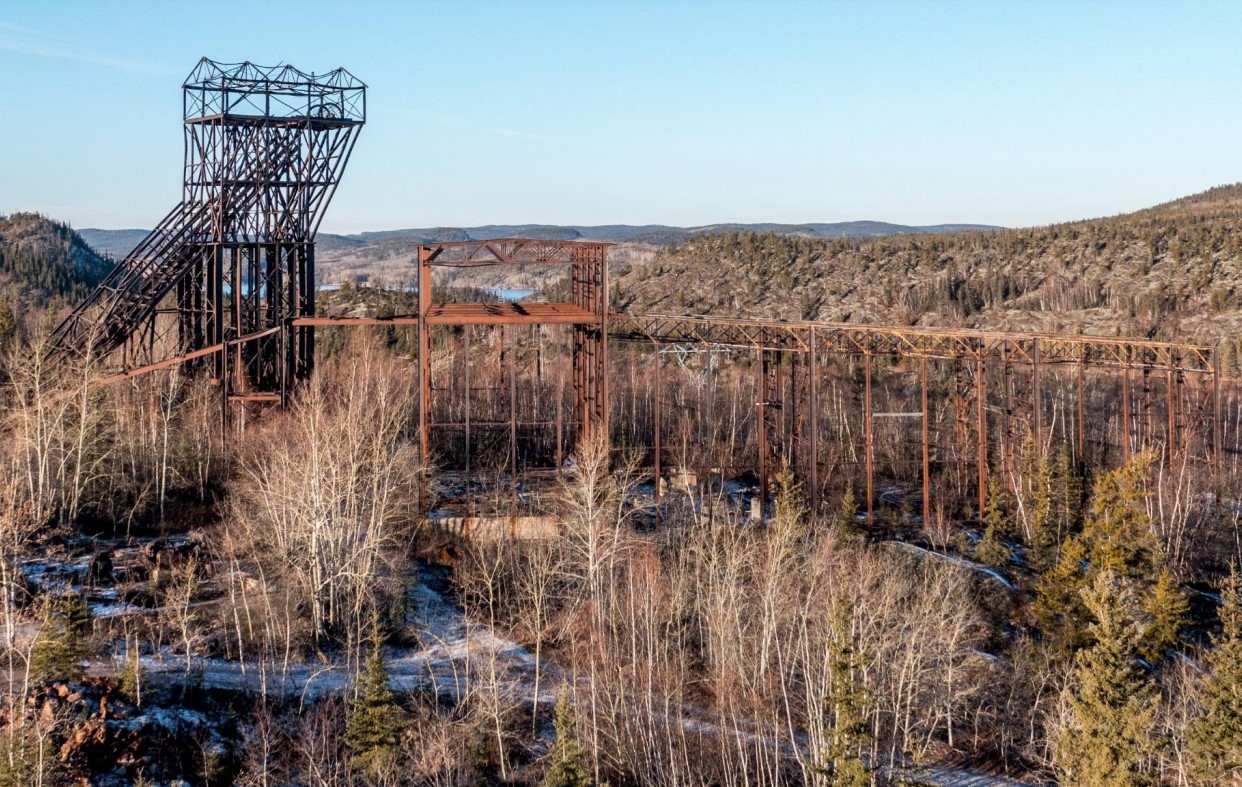
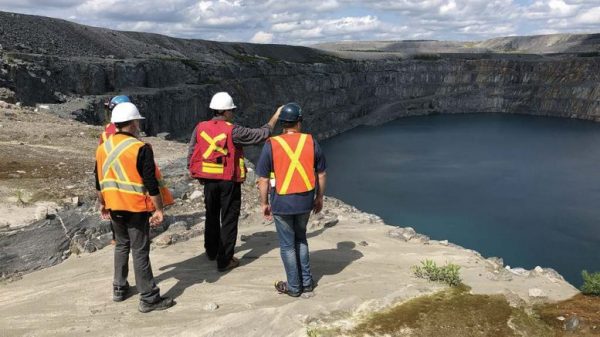
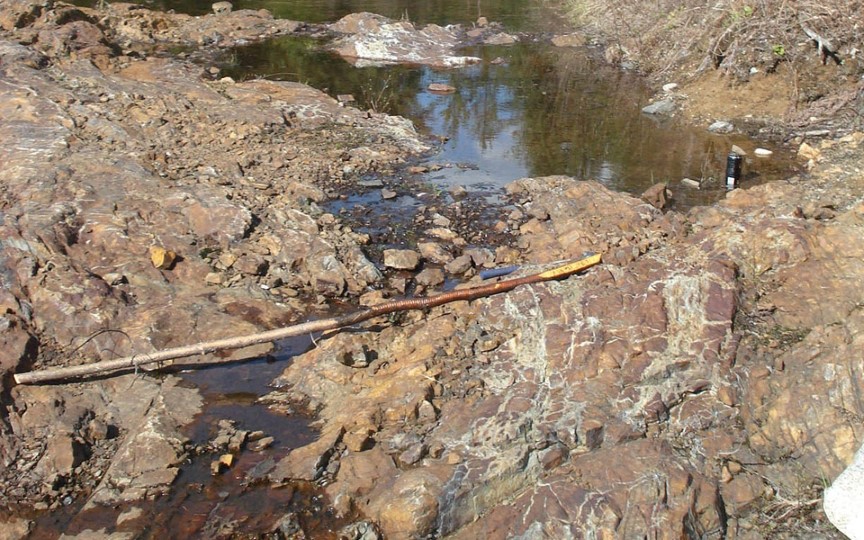
Comments